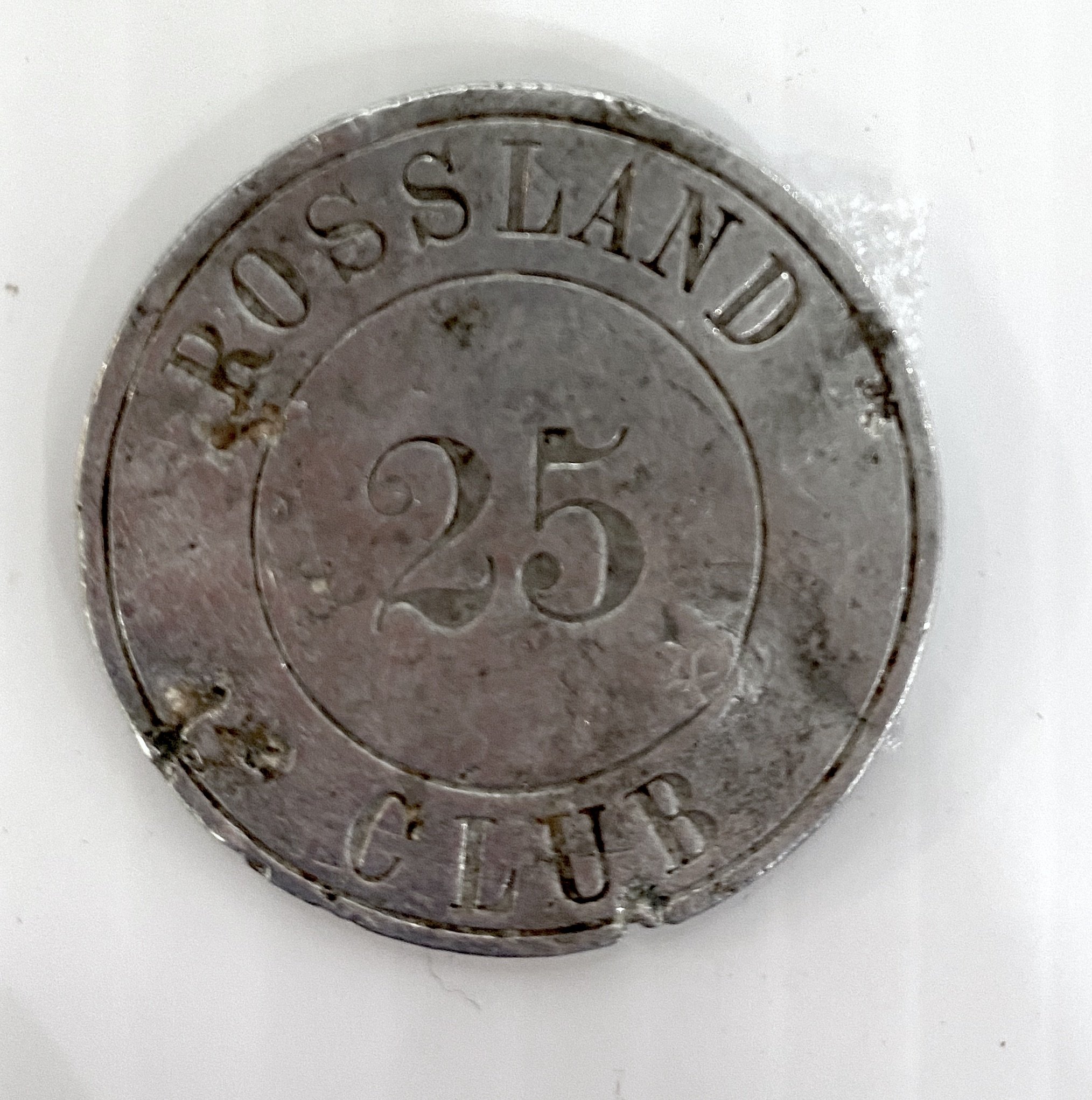The Rossland Club
The Rossland Club
The Rossland Club was an exclusive gentlemen’s club that existed in Rossland from 1896 to 1969. Boasting a membership of leading professionals and a reputation known within British Columbia and beyond, the club’s activities consisted mainly of socialising, gambling, and drinking.
Establishment
The Rossland Club was established on November 12, 1896, on the second floor of Dr. Keller’s office on Columbia Avenue. James Sutherland Chisholm Fraser, manager of the Rossland branch of the Bank of Montreal was the first president of the club, accompanied by F.C. Loring as the vice-president and C.A. Cregan as the secretary-treasurer. The first location was suitable for the initial thirty members, however, when membership began to flourish, the club was forced to relocate. On December 1, 1897, the club moved to the former location of the Shaw Hotel, located on the west end of Columbia Avenue. The building consisted of three floors, all of which were utilized by the Rossland Club. The first two floors consisted of cards, billiards, smoking, and reading rooms as well as a bar. The third level was reserved for committee rooms and bedrooms for the members. By this time, the club had a membership of 125 and a developing reputation.
In 1899, only three years after it was organized, membership had grown to such an extent that the Rossland Club found it necessary to build its own clubhouse. Located near the corner of Queen Street and Le Roi Avenue, the new clubhouse was a beautiful three-story building costing $12,913.44 (approximately $500,000.00 in 2022). The building contained all the amenities of the previous location, in addition to a library and staff quarters. Unfortunately, the building was destroyed on March 1, 1929, in “The Big Fire” which devastated much of Rossland’s business district. The Rossland Club received $14,500.00 (approximately $230,000.00 in 2022) as an insurance payout following the fire. The land on which it stood was sold by the club to the West Kootenay Power & Light Company for $400.00 in 1929 (approximately $6,300.00 in 2022).
After the Fire
The clubhouse’s destruction in 1929 was simultaneous with a decrease in membership and financial woes. Membership was declining steadily between 1919 and 1929 and the club had been relying on the Consolidated Mining & Smelting Company and the West Kootenay Power & Light Company for financial assistance. Without the companies’ support, the Rossland Club would not have been able to operate. Moreover, the majority of the insurance payment received after the fire was used to pay off the club’s past debts and little was leftover. These factors led to the club’s decision not to rebuild the clubhouse after the fire in 1929. The club was inactive until July 1, 1931, when the remaining members decided to lease the second floor of the Cooper Block on 2059 Columbia Avenue.
2349.0313: The presentation of a cheque from the Rossland Club to the RCAA, c. 1944.
The location is believed to be inside the Cooper Block. The individuals in the photo are unknown.
Later Years
The Cooper Block would be the Rossland Club’s final location. The club’s financial difficulties worsened after the fire and their once prestigious reputation began to fade. Despite a concerted effort to increase membership, by March 1950, only twenty-eight members remained in the club. One of the club’s efforts to increase membership was to begin hosting square dancing for members and their wives. Until then, women had not been allowed in the club. Wives, however, were only classed as ‘associate’ members and had no club privileges, no access to the club rooms at any time other than for square dancing, and were not allowed to consume alcohol on the premises. Unsurprisingly, the dances only attracted five new full members in 1952. In December 1954, the club’s landlord informed the club that they would have to discontinue their square dancing events, meaning that women were no longer allowed in the club. For the entirety of the 1960s, the club was struggling to pay rent or attract new members, and by September 1969, they were asked to vacate their location in the Cooper Block. Following this, the club liquidated their assets and disbanded the organization, closing the book on the Rossland Club.
MS 3: Beverage tickets used by the Rossland Club, date unknown.
Unfortunately, a large part of the Rossland Club’s history is still unknown. It can be assumed that many of the club’s records prior to 1929 were destroyed in “The Big Fire” and as such, a considerable amount of the club’s early history has been lost. Furthermore, any remaining records merely provide details on the club’s administration and organizational structure and provide little insight into their activities. Based on the general knowledge of gentlemen’s clubs, however, there is nothing to suggest the Rossland Club was anything different than a place for members to gather and socialize with one another.
Membership
From the existing records of the Rossland Club, there is nothing that explicitly states a “reputation” requirement to become a member. Based on the known members, however, it is likely that there was an unwritten requirement. Rossland Club members consisted of federal and provincial politicians, local mayors, businessmen, lawyers, doctors, and other leading professionals. In order to become a member, one had to be nominated by at least two existing members and then accepted into the club based on a majority vote of all members. If accepted, members would then have to be able to afford the high membership costs. The one-time entrance fee for the first one-hundred members was $25 and after that, it was $50 (approximately $800 and $1,600 in 2022). Membership was accompanied by a monthly fee of $3 for Rossland residents and $1 for out-of-town members (approximately $125 and $40 in 2022).
Primarily, Rossland Club members were from the Rossland and Trail area, however, there were members from across BC as well as other locations in Canada and the United States. A noteworthy feature of the club’s requirements was that membership for the majority of the club’s history was only available to men. Women were prohibited from membership and were not welcomed within the club’s premises. In February 1919, as a means of increasing the club’s revenue, female membership was suggested. When it was brought to a vote, however, the club voted against the motion. Of those who voted, twenty-two voted against and six voted in favour.
Seemingly, the exclusivity of the Rossland Club declined over the years, particularly in the 1950s and 1960s. As the club faced financial difficulties, they were eager to attract new members and increase their revenue. This meant no longer adhering to the previous restrictions of membership and more or less accepting whoever was willing to join and pay the dues. The cost of membership also declined over the years, meaning that men of lesser-status were able to become members. As such, the later years of the Rossland Club were much different than its early years when it boasted notable members from politics, law, business, and medicine.
Notable Members
As Rossland Club membership was exclusive to those in the top echelon of their profession, it is no surprise that the club had many distinguished members. The most recognizable members of the Rossland Club were:
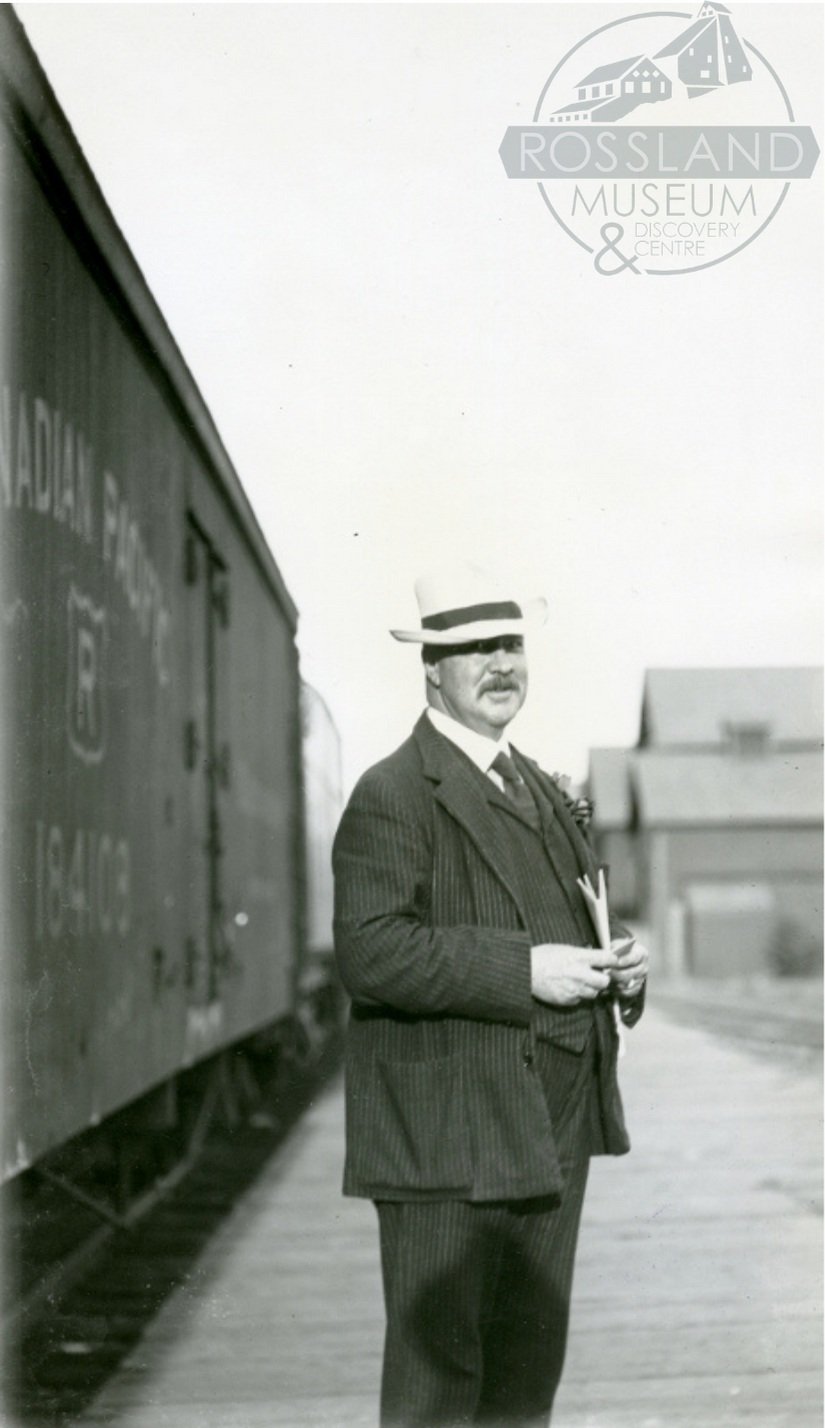
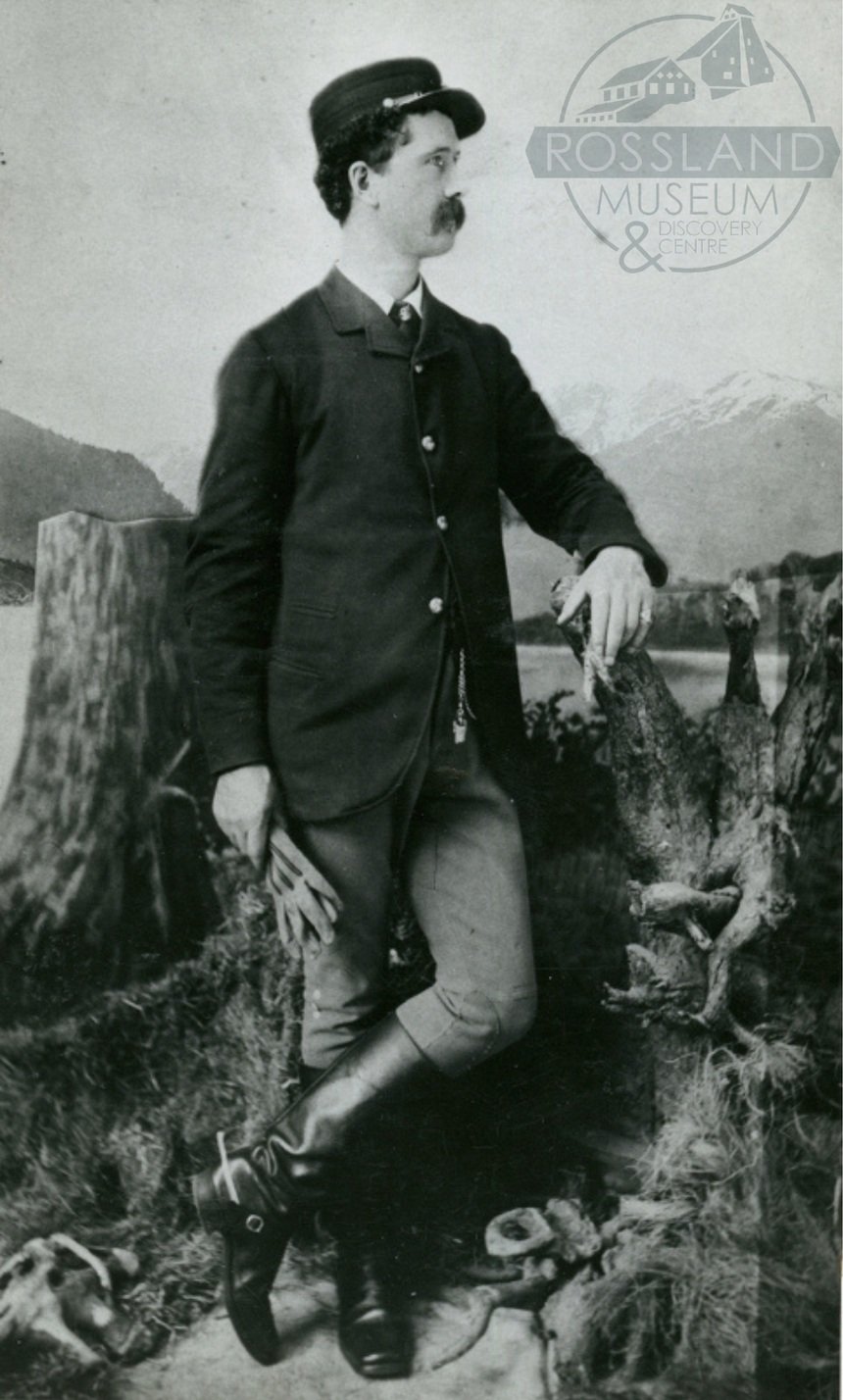
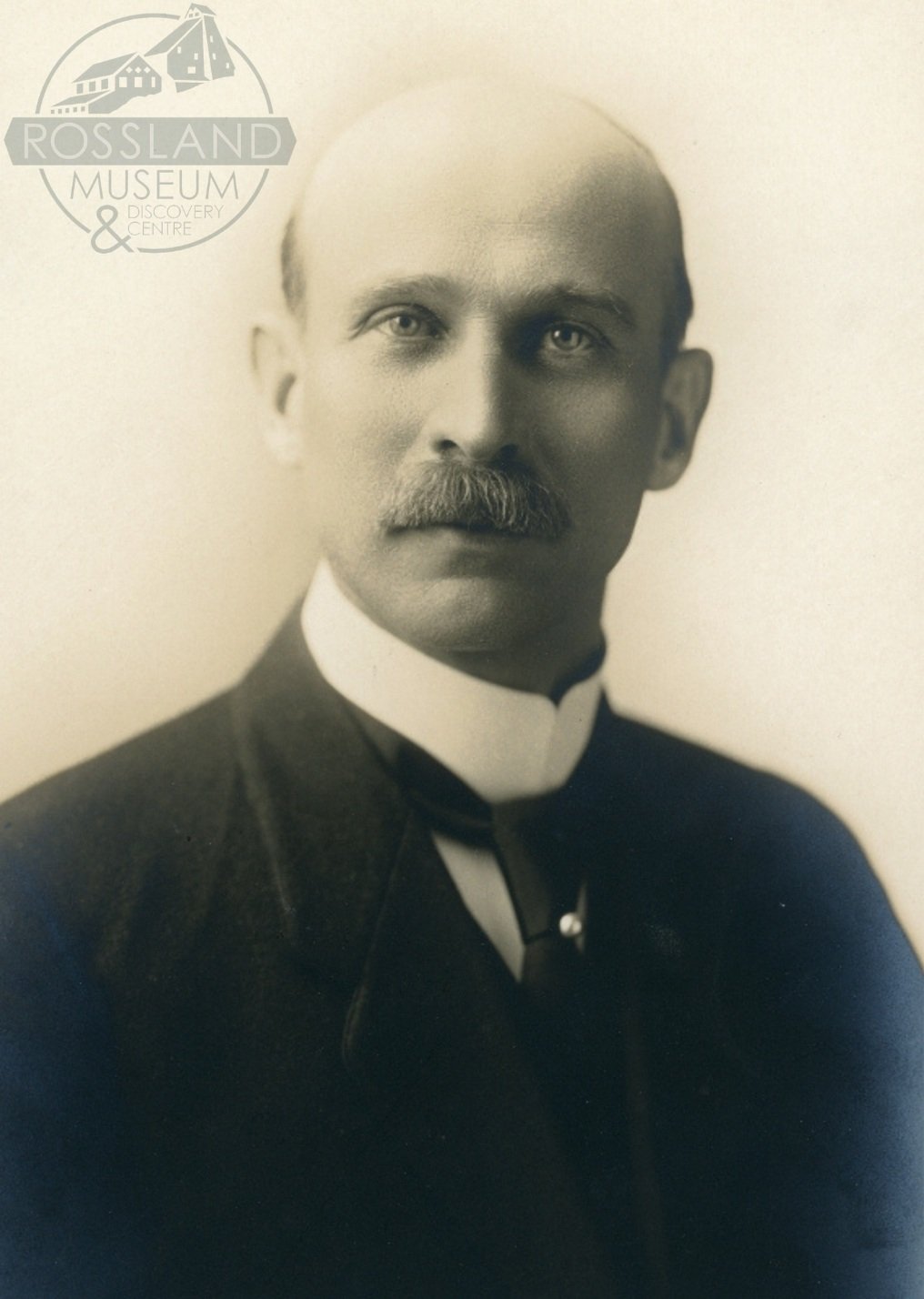
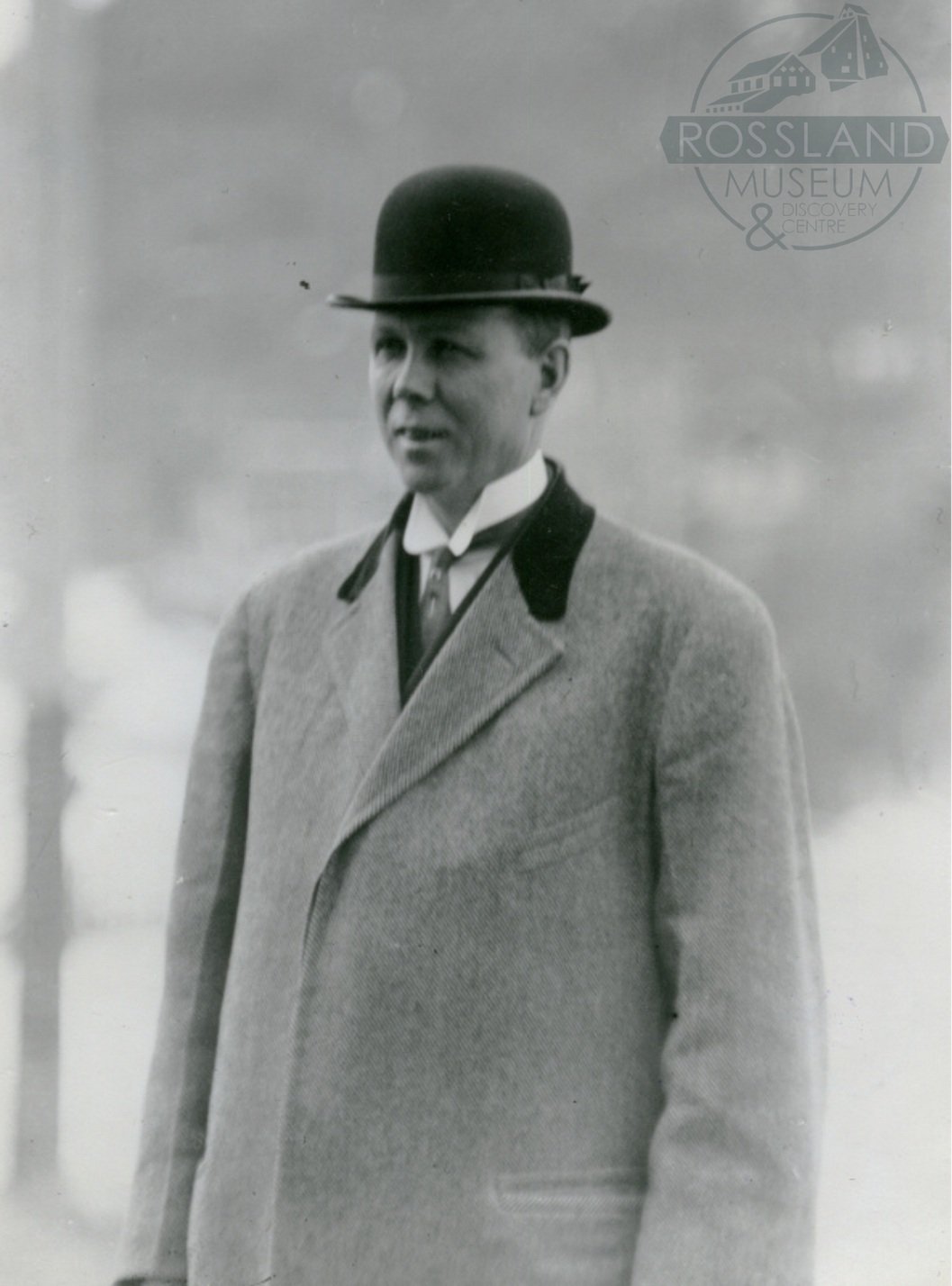
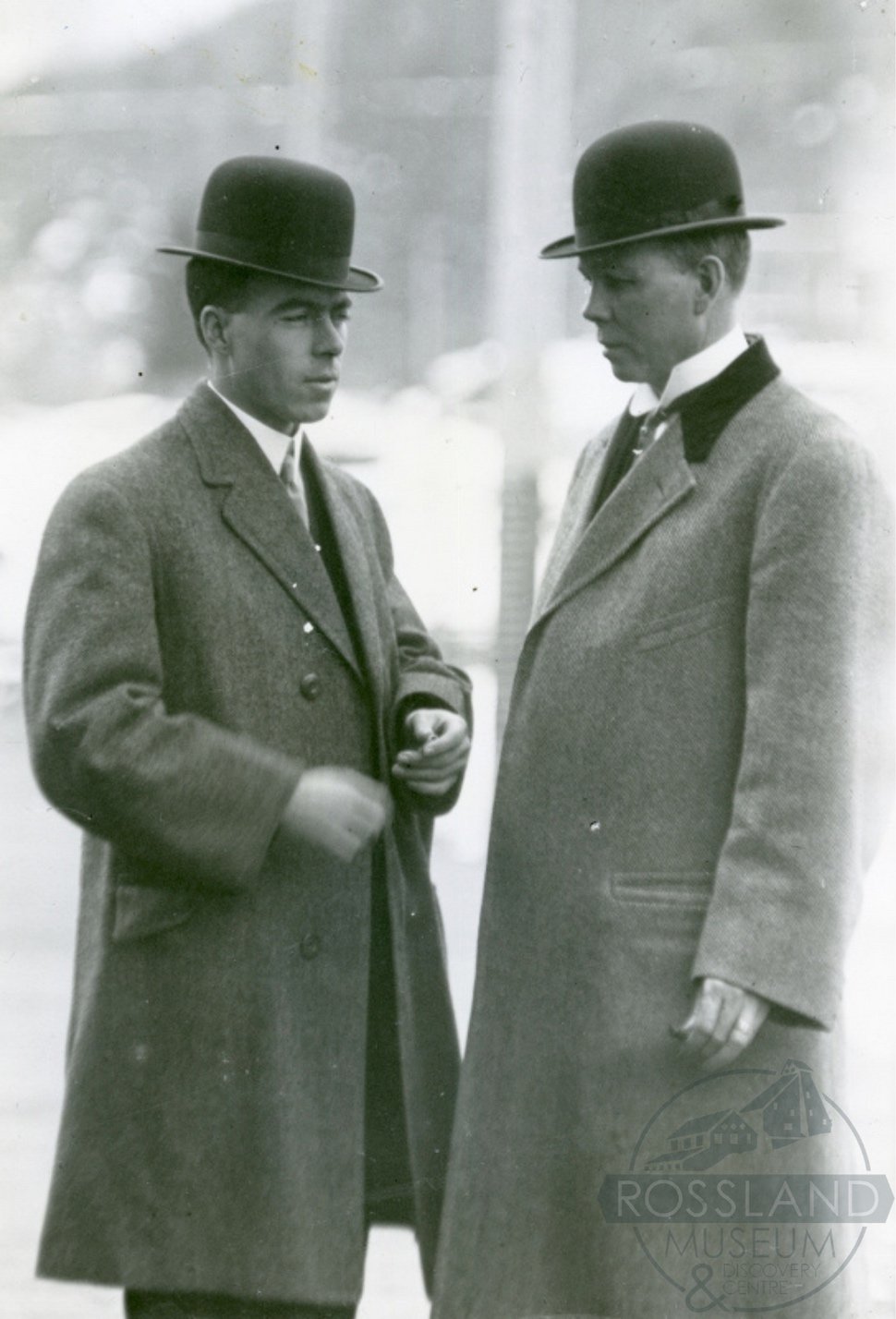
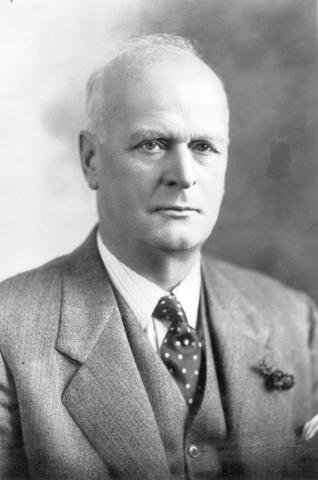
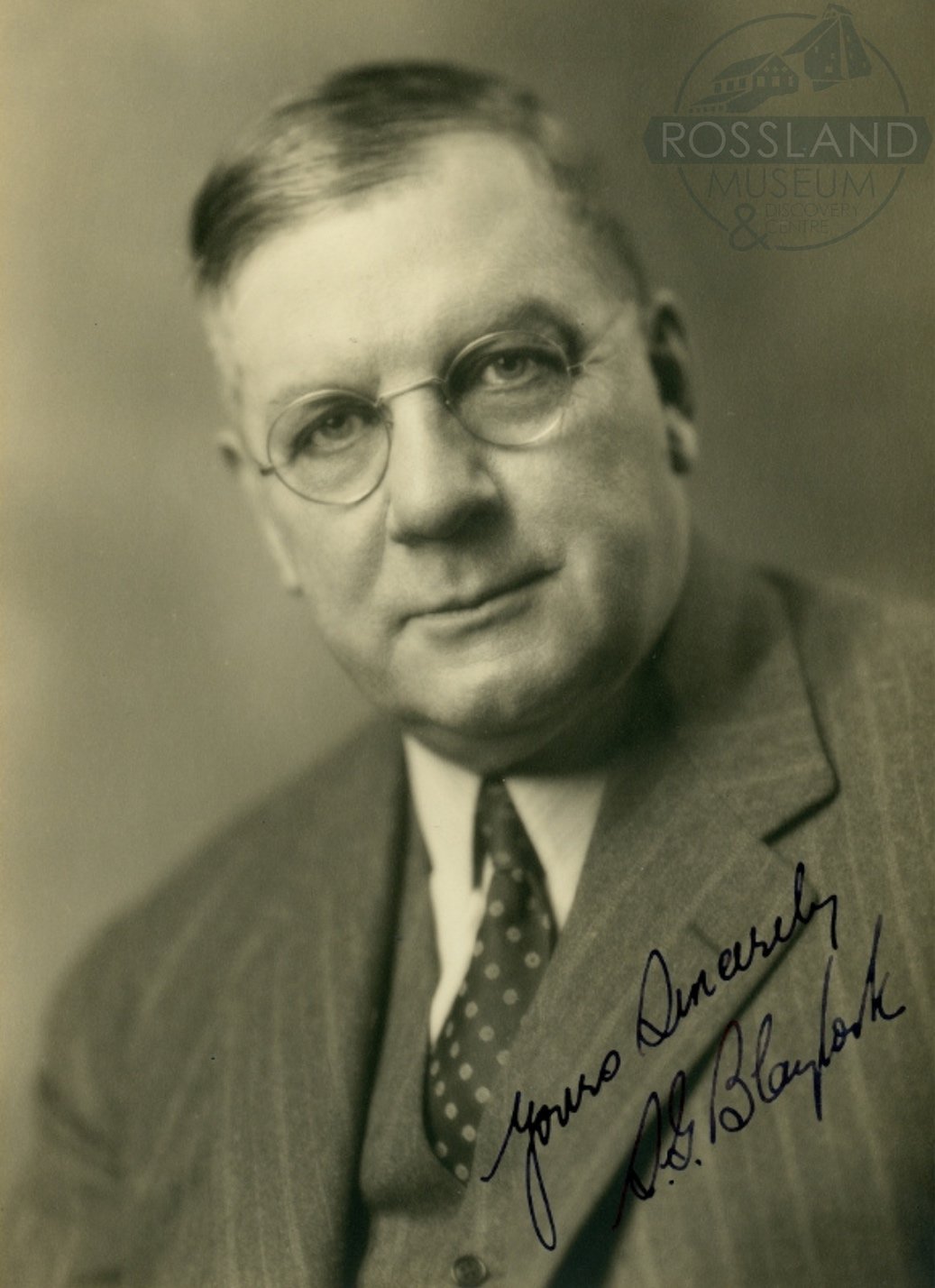
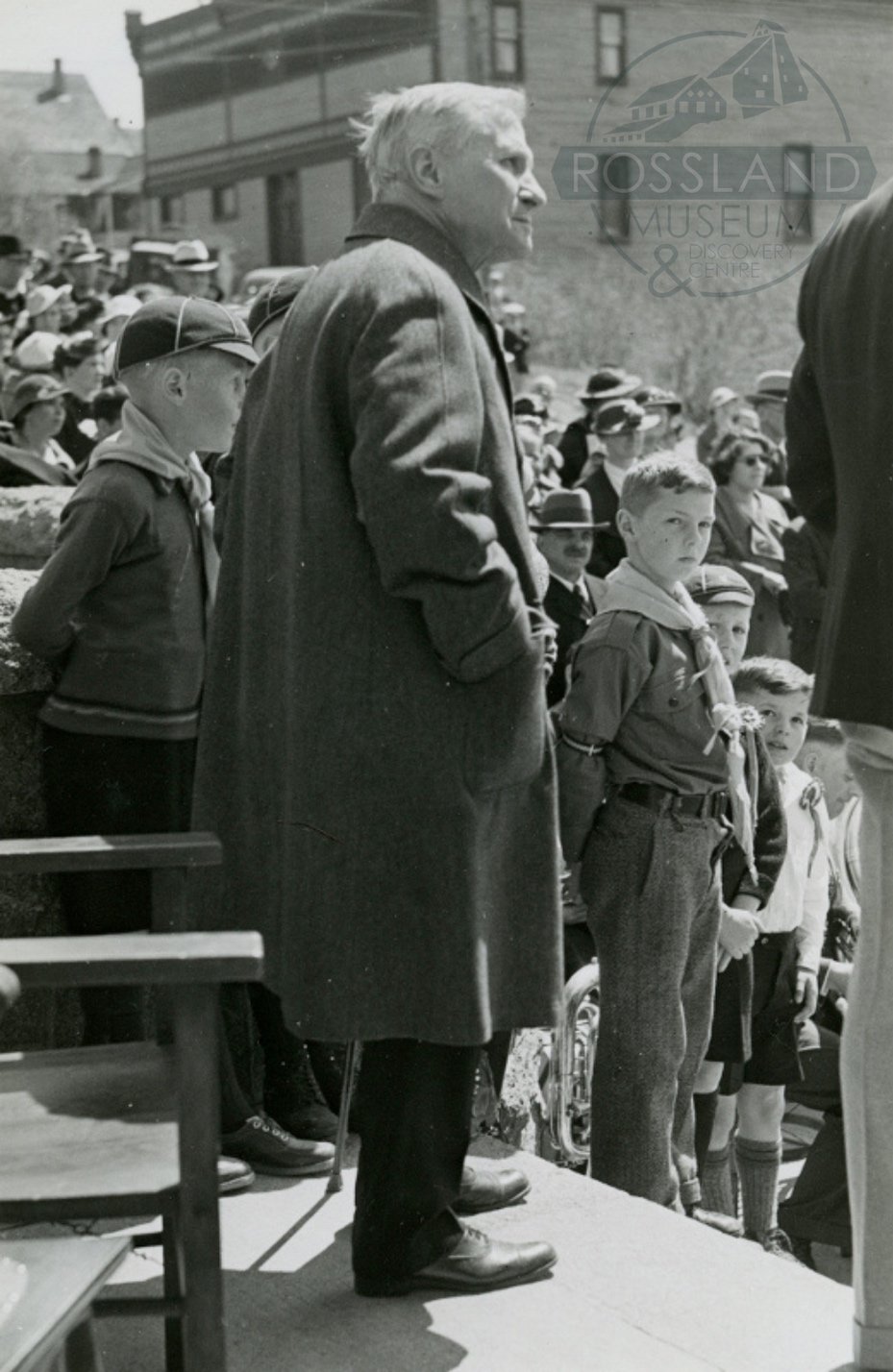
Written by Tyler Bignell
Sources:
Bank of Canada. Inflation Calculator.
Parliament of Canada. Esling, William Kemble.
Rossland Club Fonds, MS 3. Collection of the Rossland Museum & Discovery Centre.
Rossland Miner. Collection of the Rossland Museum & Discovery Centre.
Do you have information on the Rossland Club? Let us know in the form below:
The form below will email us your message. If you prefer to speak to us directly or have other questions or comments about this page, please call (250) 362-7722 or email the archives directly at archives@rosslandmuseum.ca.





